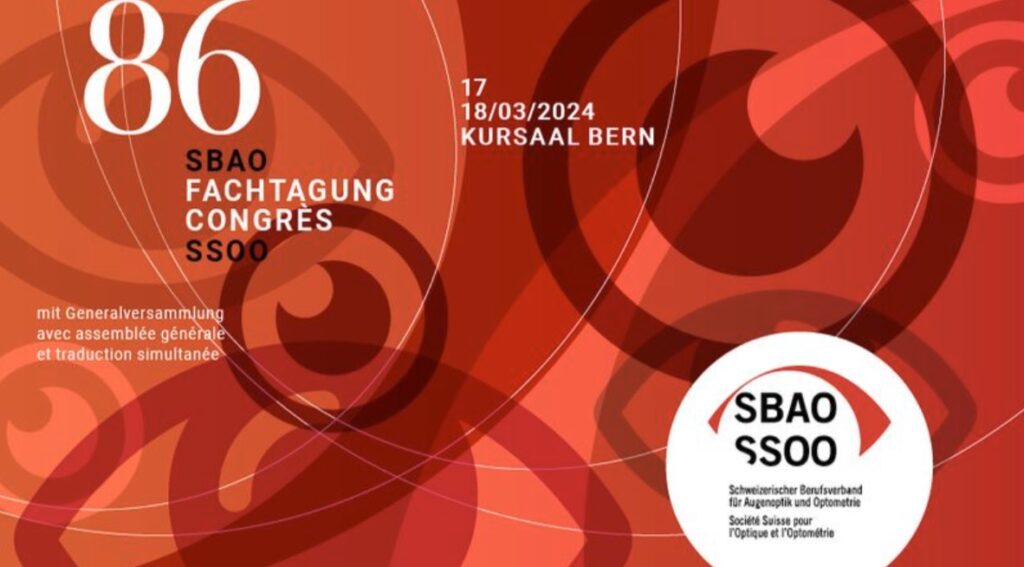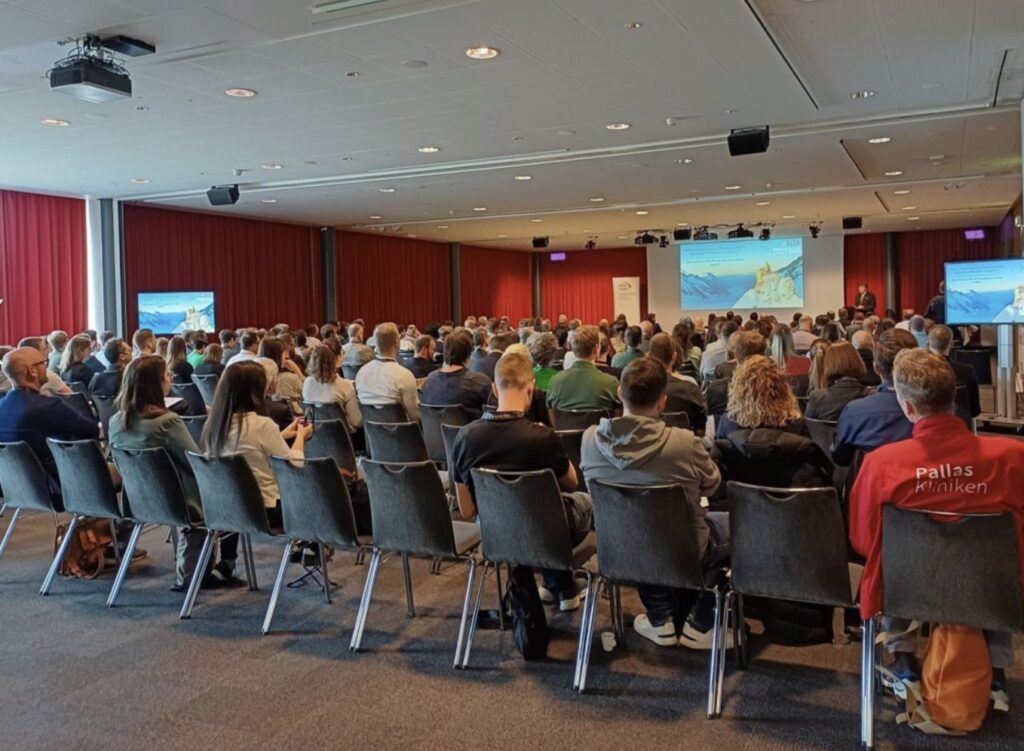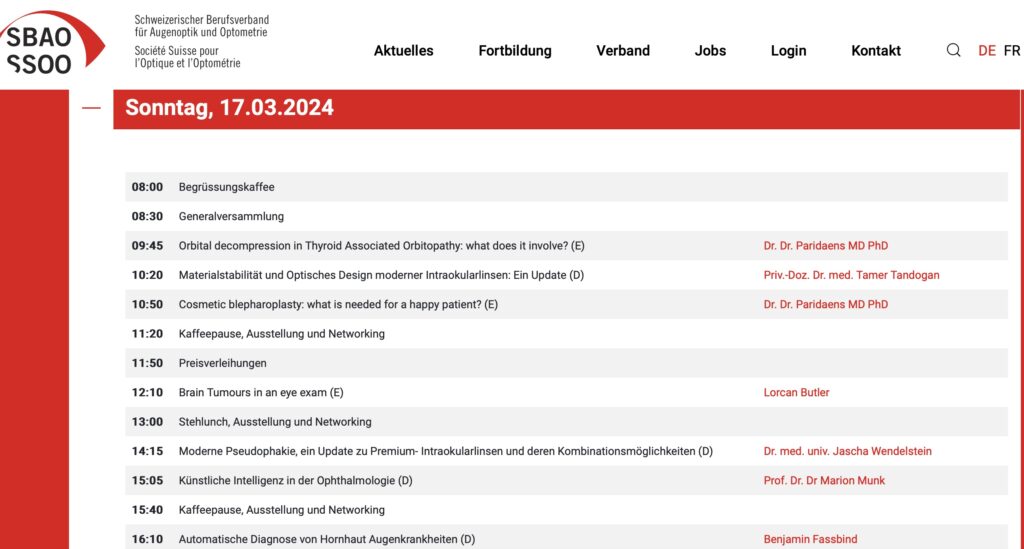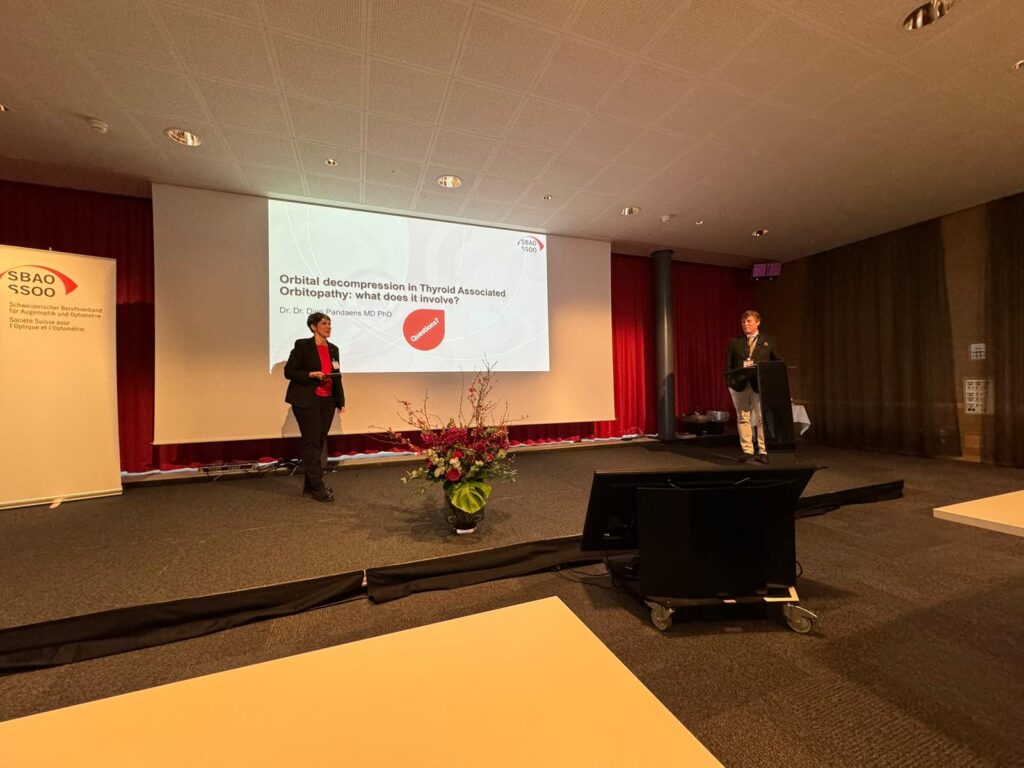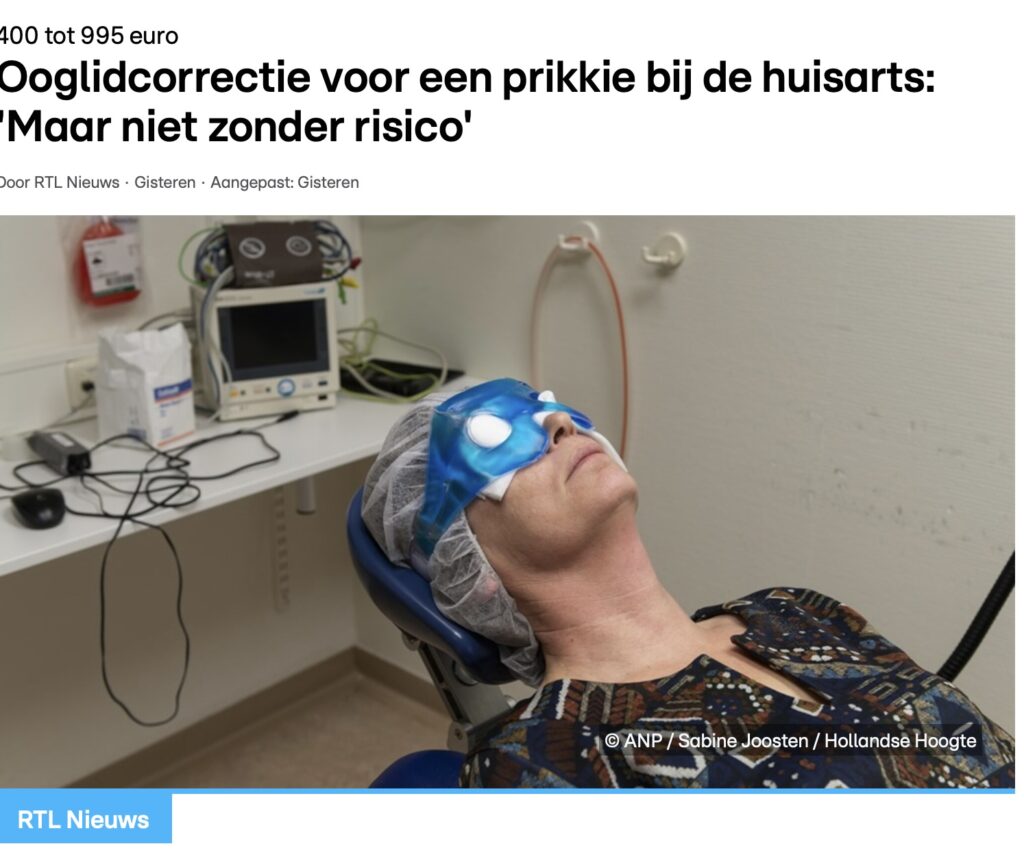- 🌟 Reflections on the APSOPRS–ESOPRS Joint Symposium at SOE 2025
📍 Lisbon | 🗓️ Monday, June 9, 2025
We were thrilled to close SOE 2025 on a high note with a well-attended joint symposium between the Asia-Pacific Society of Ophthalmic Plastic and Reconstructive Surgery (APSOPRS) and the European Society of Ophthalmic Plastic and Reconstructive Surgery (ESOPRS).
The session focused on key updates in Oculofacial Rejuvenation & Blepharoptosis Surgery, with engaging talks and lively discussion throughout.
💡 Program Highlights:
- Lower lid & midface rejuvenation – Dan Georgescu (via video)
- Indirect brow lifting & brow pexy – Nguyen Thi Thu Hien
- Botulinum toxin & fillers – Kasturi Bhattacharjee
- Congenital blepharoptosis (anterior levator resection) – Dion Paridaens
- Acquired blepharoptosis (external technique) – Francesco Quaranta-Leoni
- Acquired blepharoptosis (internal technique) – Akshay Nair
🎤 Moderated by:
Kasturi Bhattacharjee (APSOPRS President)
Dion Paridaens (ESOPRS President)
📸 Grateful for the kind invitation by the SOE Scientific Committee (Christoph Hintschich) to organize this joint symposium.
Grateful for the collegial spirit and contributions of our panelists and attendees. Thank you for making this session a meaningful conclusion to SOE 2025!
#SOE2025 #APSOPRS #ESOPRS #Oculoplastics #FacialRejuvenation #Blepharoptosis #Ophthalmology #MedicalEducation #AestheticSurgery #GlobalEyeCare #RotterdamEyeHospital #ErasmusMC #ELZAinstitute
- ASOPRS–ESOPRS Joint Symposium at SOE 2025
🔍 Oculoplastics: Pearls, Tricks and Tips
📍 Lisbon, Portugal | 🗓️ Sunday, June 8, 2025 | 🕒 16:30–18:00
We were honored to present a well-attended and highly engaging joint symposium between the American Society of Ophthalmic Plastic and Reconstructive Surgery (ASOPRS) and the European Society of Ophthalmic Plastic and Reconstructive Surgery (ESOPRS) at SOE 2025.
Moderated by Ken Morgenstern, MD (Past President, ASOPRS) and Dion Paridaens, MD PhD (President, ESOPRS), the session focused on practical pearls and surgical strategies in oculoplastic reconstruction, eyelid malposition, and periocular pathology.
💡 Program Highlights:
- Trauma of the Lacrimal System – Reza Vagefi (USA)
- Entropion/Ectropion Repair: Pearls and Tips – Elin Bohman (Sweden)
- Pitfalls of Upper Blepharoplasty – Peter Timoney (USA)
- Eyelid Lumps and Bumps – Dan Georgescu (Romania) (via video)
- Challenges of Upper Lid Lengthening – Ted Wladis (USA)
- Spotlight on Eyelid Reconstruction – Dion Paridaens (Netherlands)
🙏 We are especially grateful to the SOE 2025 Scientific Committee for the kind invitation to organize this joint oculoplastic symposium, and to all attendees for contributing to its success.
#SOE2025 #ASOPRS #ESOPRS #Oculoplastics #LacrimalSurgery #EyelidReconstruction #Blepharoplasty #Ophthalmology #MedicalEducation #GlobalEyeCare #SurgicalTraining #CollaborationInMedicine #RotterdamEyeHospital #ErasmusMC #ELZAinstitute
- Oculoplastic & Orbital Session at Annual Meeting of Dutch Ophthalmology Society (N.O.G.)
📍 Annual Meeting of the Dutch Ophthalmology Society (N.O.G.) – Maastricht, April 2–4, 2025
👁️ Oculoplastic & Orbital Session – Thursday, April 3
It was a pleasure to attend and contribute to the Dutch Orbital Society (DOS) session during the NOG 2025 conference. The afternoon featured a range of insightful lectures by Dutch oculoplastic and orbital surgeons, highlighting recent research and clinical advancements.
We were especially honored to welcome our international guest speaker, Dr. Marco Sales-Sanz from Madrid, Spain. His lecture on new developments in the management of Graves’ orbitopathy was both enlightening and practical.
The session was rounded off by excellent educational presentations by three members of the DOS Advisory Board, sparking valuable discussions and knowledge exchange.
A big thank you to everyone who made this session a success!
#NOG2025 #DutchOphthalmology #Oculoplastics #OrbitalSurgery #MedicalEducation #GravesOrbitopathy #Collaboration #KnowledgeSharing
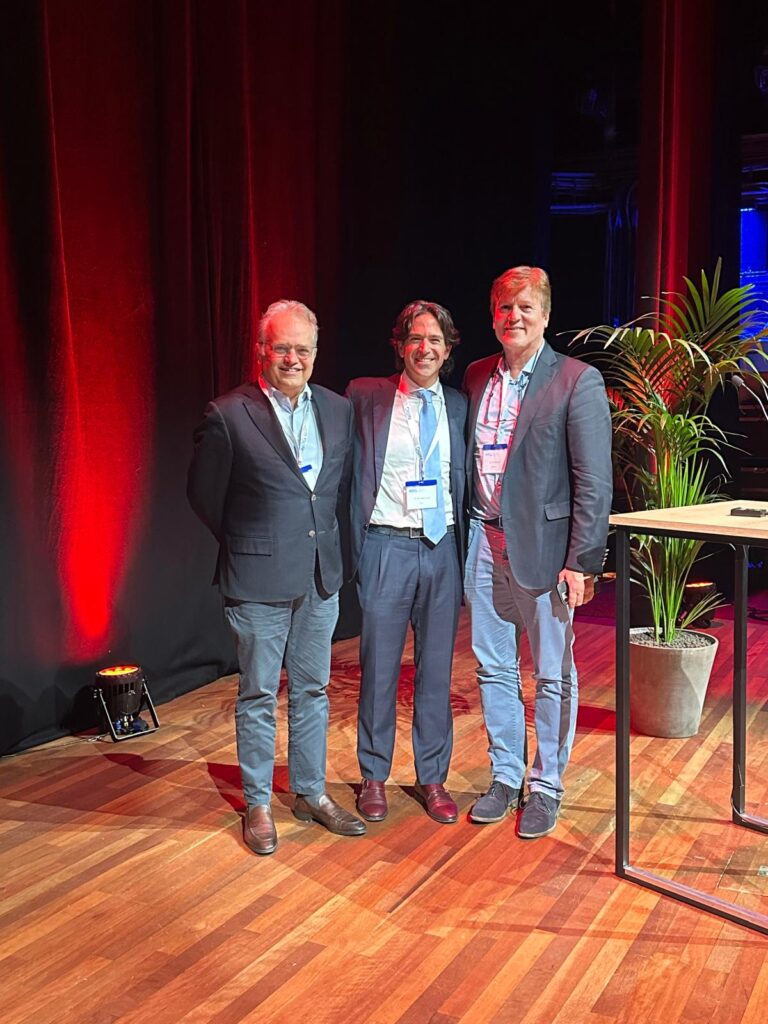
Guest speaker Dr Marco Sales-Sanz (center), Prof Peerooz Saaed (left), Dr Dion Paridaens (right) - Reflections on the 42nd ESOPRS Annual Meeting in Rotterdam
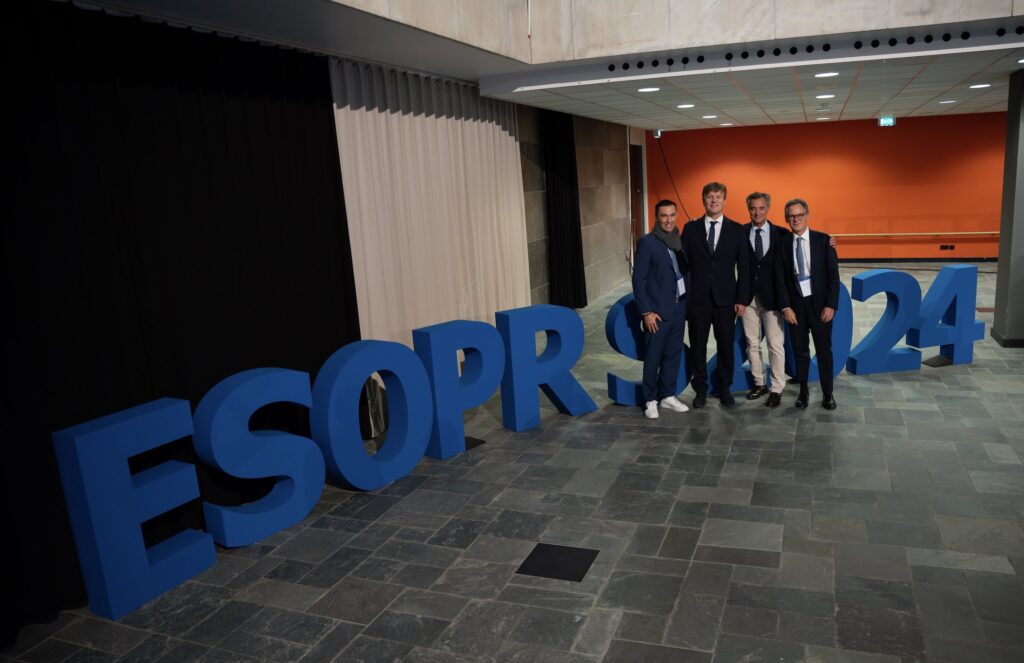
From L to R: Dan Georgescu (Secretary), Dion Paridaens (President ESOPRS, Local Organizer), Miguel Gonzalez-Candial (President-elect), and Francesco Quaranta-Leoni (Past President) in Conference Center De Doelen in Rotterdam 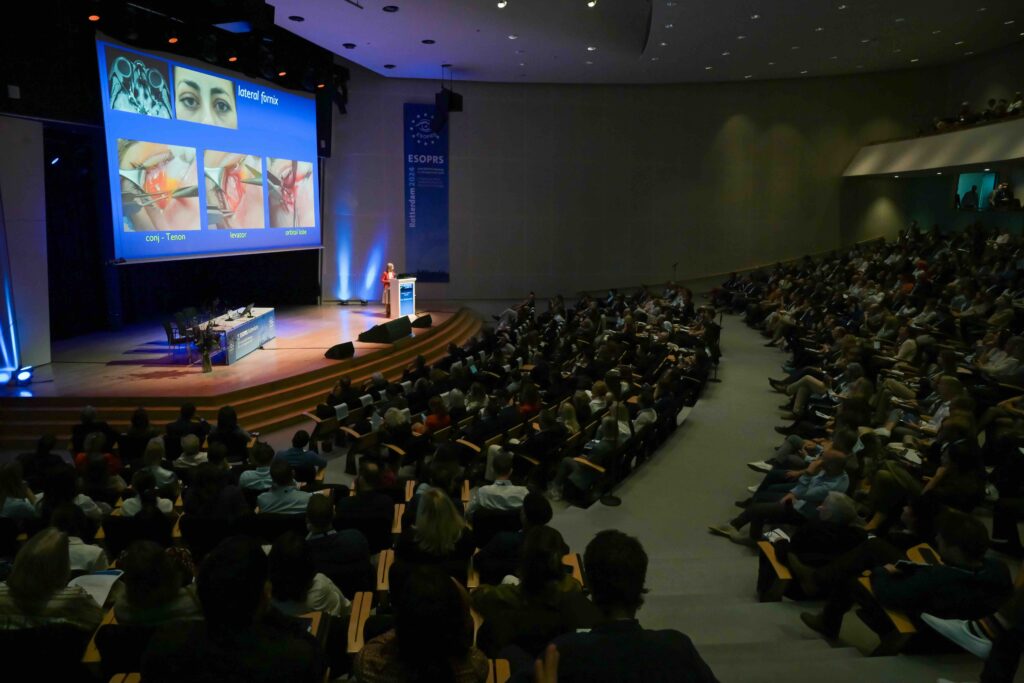
Over 830 attendees gethered in De Doelen Conference Center for the 42nd Annual Meeting of ESOPRS in Rotterdam (September 12-14, 2024) 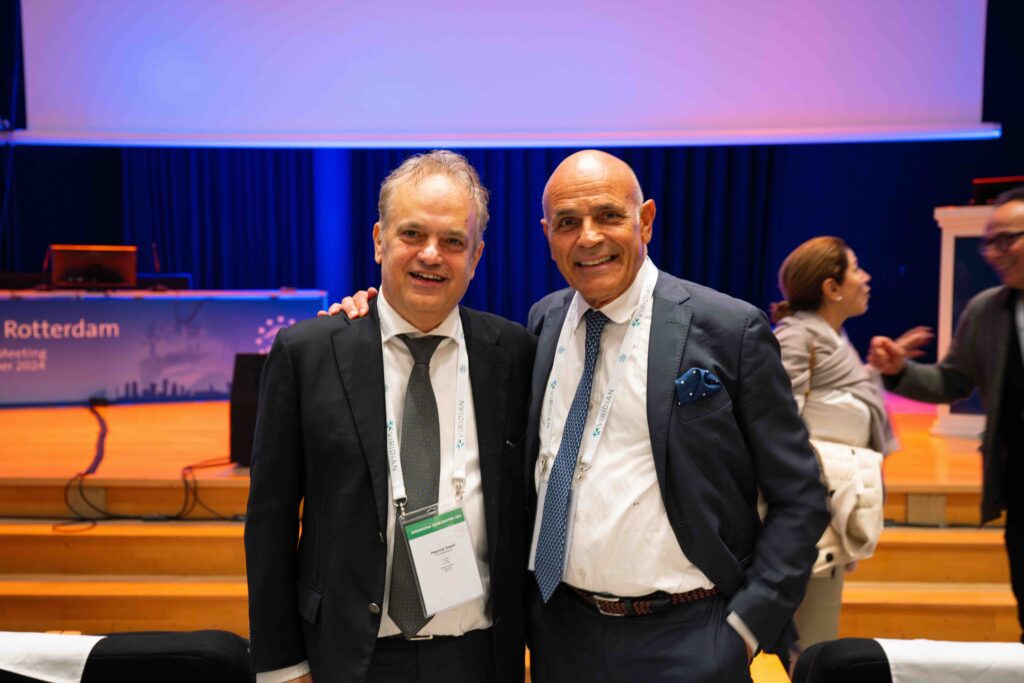
Peerooz Saeed (Local Organizer) and Yannis Ntountas (Past Committee Member ESOPRS & Former Local Organizer) 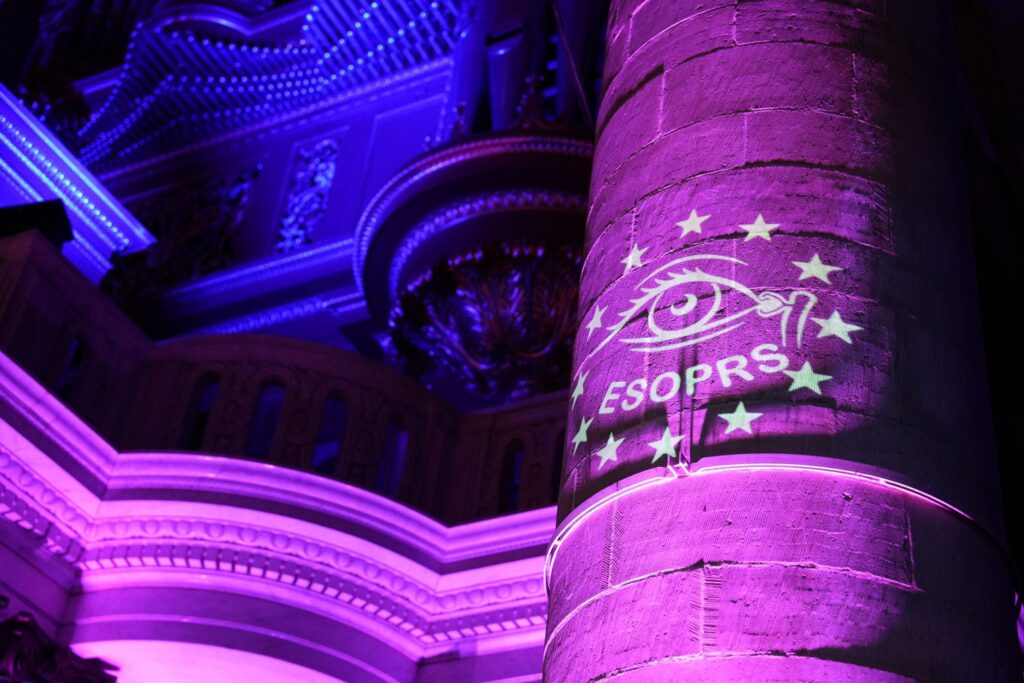
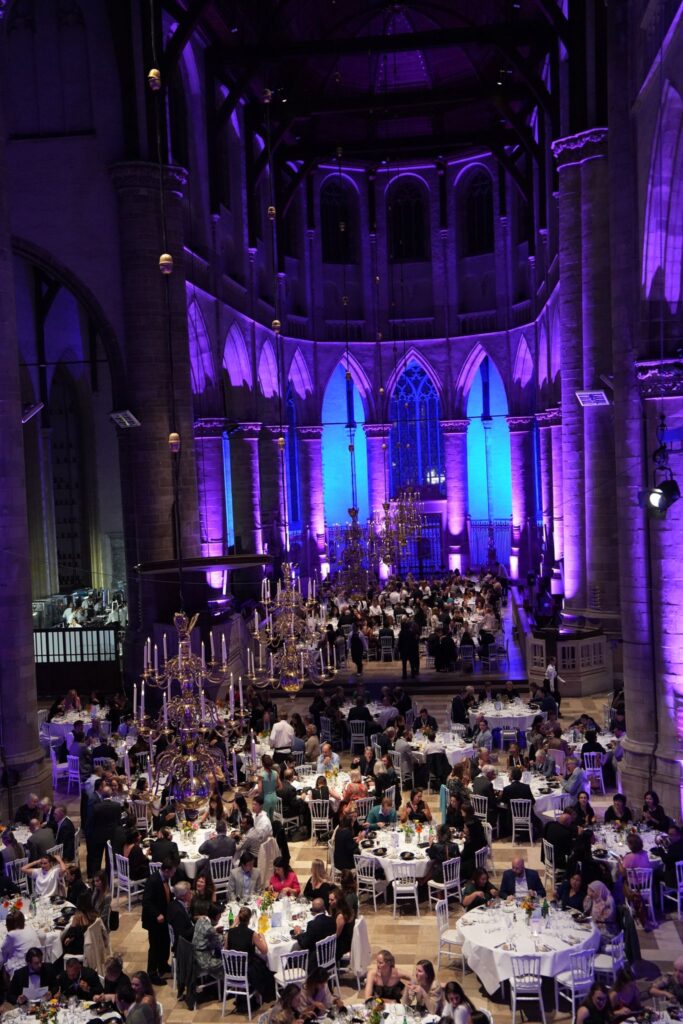
ESOPRS Gala Dinner at Laurens Kerk in Rotterdam 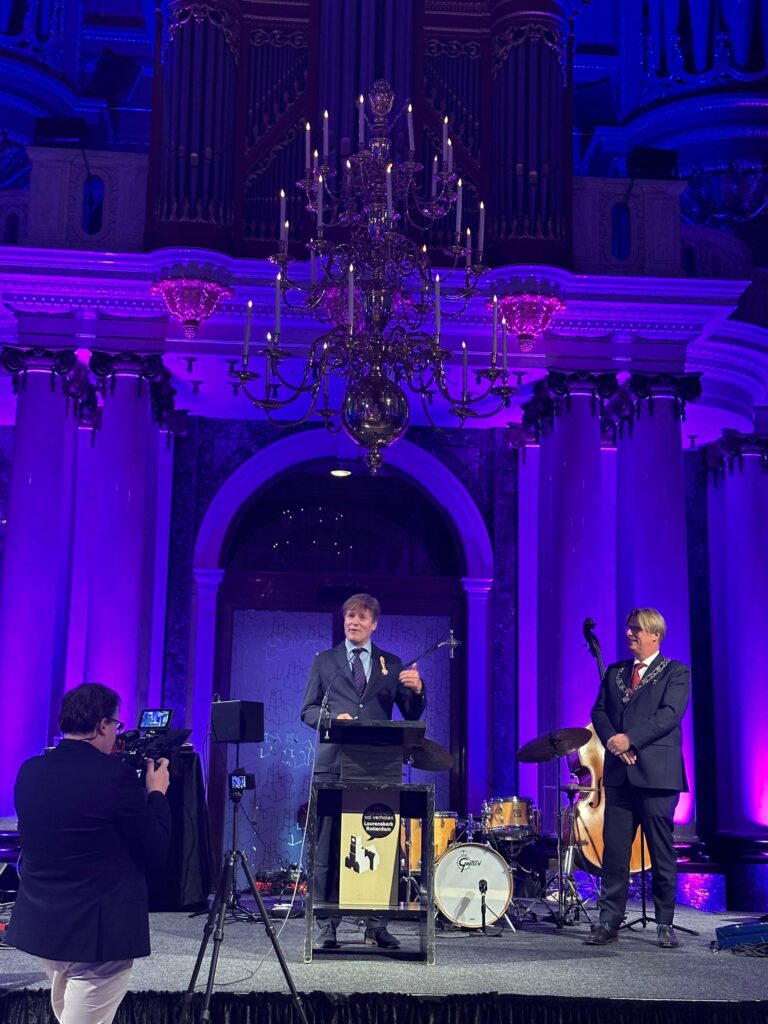
Dion Paridaens, President ESOPRS & Local Organizer (L) and Ronald Buijs, loco burgemeester City of Rotterdam at the opening of the gala dinner of the 42nd ESOPRS Meeting Reflections on the 42nd ESOPRS Annual Meeting in Rotterdam
By Dan Georgescu, Hon Secretary ESOPRS
Dear colleagues and friends,
We want to thank everyone who joined us in Rotterdam for the 42nd Annual Meeting of the European Society of Ophthalmic Plastic and Reconstructive Surgery! With over 800 participants, this year’s event was one of ESOPRS’ largest gatherings ever. The ESOPRS Committee is very grateful for the efforts made by the local organizers: President Dion Paridaens, Peerooz Saeed, Ronald de Keizer, Gijsbert Hotte, Sodaba Khatab and Ozlem Engin, who kindly hosted the meeting with the support of the Erasmus MC PCO (Marie Louise Bot, Dianthe Mandemaker & team).
The scientific program of the Pre-meeting Course and Main Meeting benefited from the presence of renowned guest speakers and lecturers from 4 continents. Although the new therapies for Thyroid Eye Disease (TED) and other orbital diseases were undoubtedly the theme of the meeting, all aspects of oculofacial plastic surgery were discussed, from ptosis to facelift surgery. The Mustardé lecture this year was given by our past president Francesco Quaranta Leoni, who made us peak through the keyhole into the future of oculoplastics surgery.
The social events this year were equally exceptional and very well attended. The welcome reception at the Depot Boijmans Van Beuningen started with a private tour of the museum and continued with a cocktail in the Coert – Renilde rooftop that offered spectacular views of the city. The gala dinner was held in the breathtaking Sint Laurenskirk, the only remaining medieval building in Rotterdam. Following the gourmet dinner accompanied by a lovely orchestra, the dancing afterparty was held at the Eau Lounge on the river Maas.
The second EBO-ESOPRS Exam took place in Rotterdam on Sept 11, 2024. Three out of the 5 candidates passed the exam this year: Martin Zamorano, Skovlund Jorgensen and Natasha Mambour, which were presented by Michèle Beaconsfield during the meeting. The Committee is very grateful to the Exam Board (Michele Beaconsfield, Andrea Papp, Miguel Gonzalez) as well as to all the examiners for their tremendous efforts to get this exam up and running. Next exam will take place on September 10, 2025 in Prague. Details regarding this can be found on www.esoprs.eu
With memories of Rotterdam fresh in our minds, we look forward with excitement to next year’s meetings:
The 2025 Full Member Ski Meeting, organized by Francesco Quaranta Leoni, will take place on Jan 29 – Feb 2, 2025 in Madona di Campiglio: https://www.esoprs.eu/winter-meeting-of-esoprs-in-italy-29-january-02-february-2025/
The 2025 ESOPRS Annual Meeting, organized by Vladimir Kratky, will take place on September 11-13, 2025 in Prague: https://www.esoprs.eu/esoprs-meetings/esoprs-meeting-2024/
We look forward to seeing you all back in 2025!
Kind regards from the ESOPRS Committee,
Dan Georgescu
Hon. Secretary
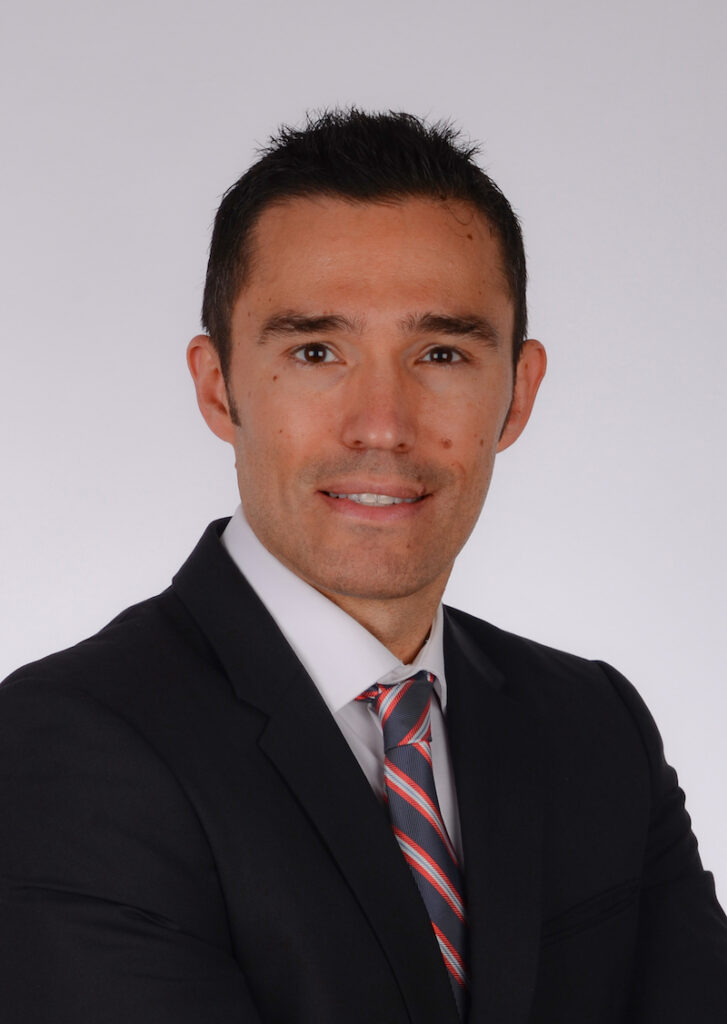
- Feestelijke mijlpaal 3 AIOS van Het Oogziekenhuis Rotterdam
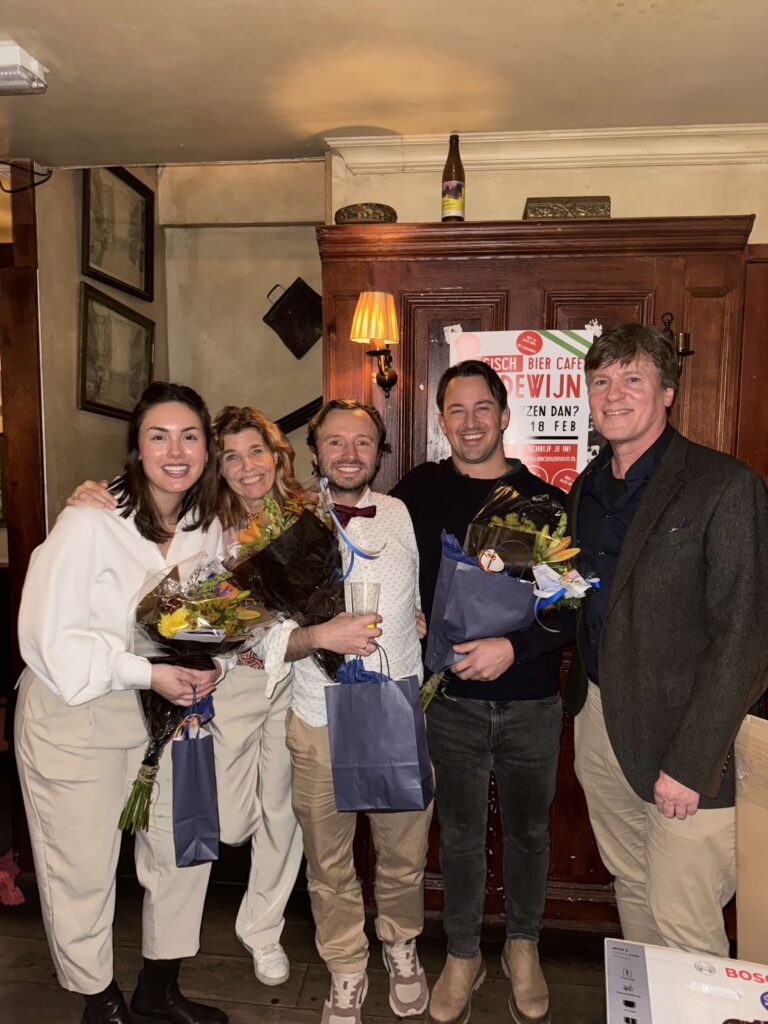
V.l.n.r. Dr Sanne Detiger, Dr Caroline Storimans (plv opleider), Dr Willem Birkhoff, Dr Axel Pothof, Dr Dion Paridaens (opleider) Op 17 januari j.l. vierden 3 AIOS oogheelkunde van Het Oogziekenhuis Rotterdam het heuglijke feit dat zij de opleiding tot oogarts succesvol hebben afgerond.
Dr Willem Birkhoff is als jonge klare direct aan de slag gegaan bij de vakgroep kinderoogheelkunde, terwijl Dr Sanne Detiger begonnen is als fellow bij de vakgroep cornea. Dr Axel Pothoff is gestart met een fellowship in de cataract chirurgie.
Het is bijzonder dat alle drie AIOS een promotie traject eerder succesvol afrondden.
Wetenschappelijk talent wordt gewaardeerd in Het Oogziekenhuis Rotterdam. In deze setting is ruimte voor wetenschappelijk onderzoek en innovatie, wat weer ten goede komt aan de hoogwaardige 3e en 2e lijns patiëntenzorg.
In het bijzijn van familie, vrienden en collega’s werden in een druk Belgisch Biercafé de drie AIOS toegesproken door hun opleider die hen ieder een Golden Gaze kunststuk overhandigde als aandenken aan hun opleiding. Verder was er een speech door een vertegenwoordiger van de AIOS groep, die een geestige video over het drietal had gemaakt.
We wensen alle drie een mooie vervolgcarrière in de oogheelkunde!
- Oogschade door vuurwerk in Het Oogziekenhuis Rotterdam
1 januari 2025
Ook dit jaar is de oogschade door vuurwerk weer enorm. Het aantal slachtoffers dat verwezen wordt naar Het Oogziekenhuis Rotterdam neemt 5 dagen na de Oud & Nieuw viering nog steeds toe. Vaker dan vroeger, toen de vuurwerkkracht minder groot was, kan vuurwerktrauma een dodelijke afloop hebben.
Op Nieuwjaarsdag is er in Het Oogziekenhuis Rotterdam non-stop geopereerd, waarbij ogen, oogleden en traanwegen zo goed mogelijk behandeld werden door een multidisicplinair team van gespecialiseerde oogchirurgen. Helaas kan niet alle schade hersteld worden.
Wat veel mensen niet weten is dat we vaak nog vele jaren, soms wel 20 jaar, aanvullende behandelingen moeten verrichten. En dat het persoonlijke leed van vuurwerkslachtoffers zich uitstrekt tot de hele familie en ook gevolgen kan hebben voor de werkkring. De quality of life kan blijvend aangetast worden door mutilerende trauma’s met tevens verlies van gezichtsvermogen. Verder is er nog de economische schade, die enorm is.
Onze kinder-oogarts Drs Tjeerd de Faber pleit -gesteund door collega’s in Het Oogziekenhuis Rotterdam, collega’s elders en het Nederlands Oogheelkundig Gezelschap- al jaren voor een verbod op privaat afsteken van vuurwerk.
In 2018 publiceerden we een overzicht van 5 jaren vuurwerktrauma’s van ogen, oogleden en oogkas bij patienten die in het Oogziekenhuis Rotterdam behandeld werden. Helaas zijn de conclusies van deze publicatie nog steeds actueel.

From: Acta Ophthalmol 2018;96:607-615 
From: Acta Ophthalmol 2018;96:607-615 
From: Acta Ophthalmol 2018;96:607-615 
From: Acta Ophthalmol 2018;96:607-615 - Paridaens invited speaker at APSOPRS/KOS 2024 in Seoul
🌟 Grateful and honored to have been invited as a featured speaker at the Asia-Pacific Society of Ophthalmic Plastic & Reconstructive Surgery (APSOPRS 2024) conference, held in conjunction with the Korean Ophthalmology Society (KOS) meeting in Seoul on November 29-30.
The opportunity to present on two topics related to orbital inflammation was both humbling and enriching. I was truly impressed by the artistic opening video and deeply grateful to have been included in it. The conference was a wonderful platform for exchanging ideas, sharing knowledge, and fostering collaborations for the future. It was also a joy to reconnect with old colleagues and meet new friends in this vibrant academic community.
Outside the sessions, I cherished the memorable moments we shared — from visiting the National Museum of Korea to engaging in meaningful conversations and enjoying delightful dinners together. These experiences made the event even more special.
A heartfelt thank you to the organizers, attendees, and everyone who made this symposium an unforgettable experience. Looking forward to the continued growth of these invaluable collaborations! 💼🌏👁️
#APSOPRS2024 #KOSMeeting #Ophthalmology #Collaboration #Gratitude #MedicalConferences #GlobalHealth
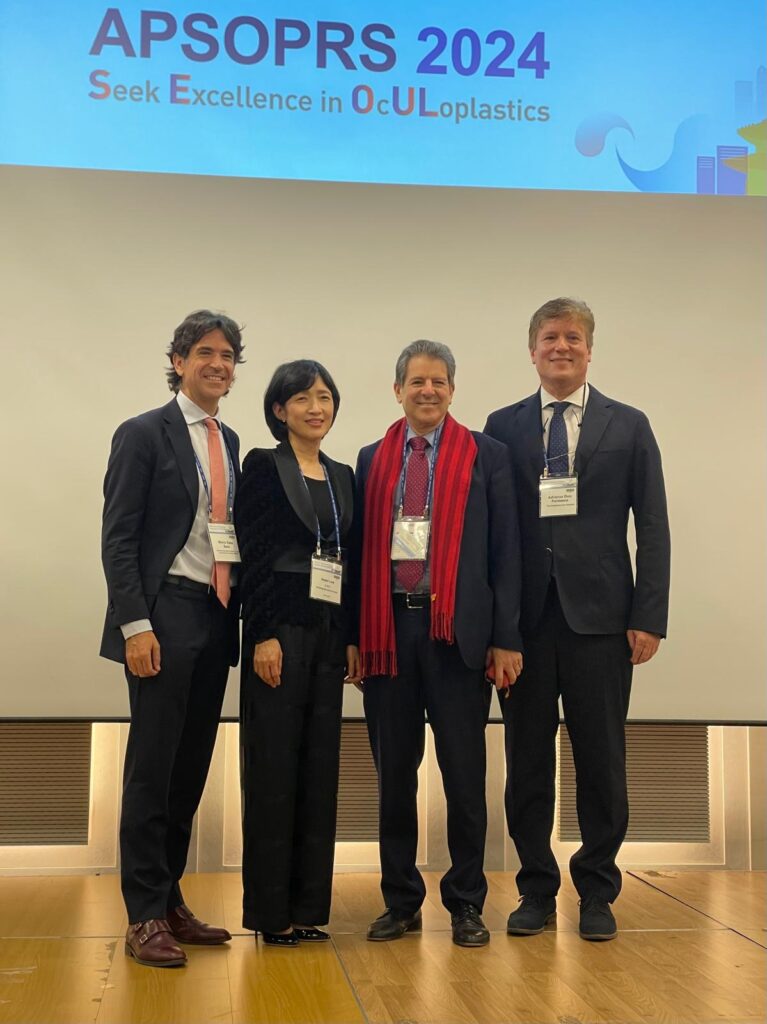
My co-chairs and speakers Marco Sales Sanz, Helen Lew, Bob Goldberg and myself 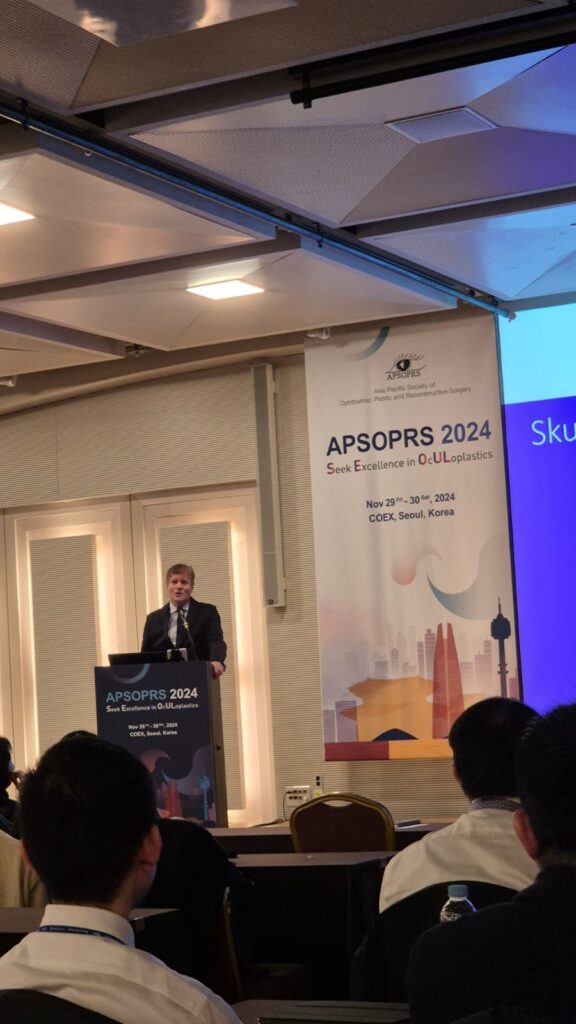
On two successive days I lectured on topics relating to orbital inflammation 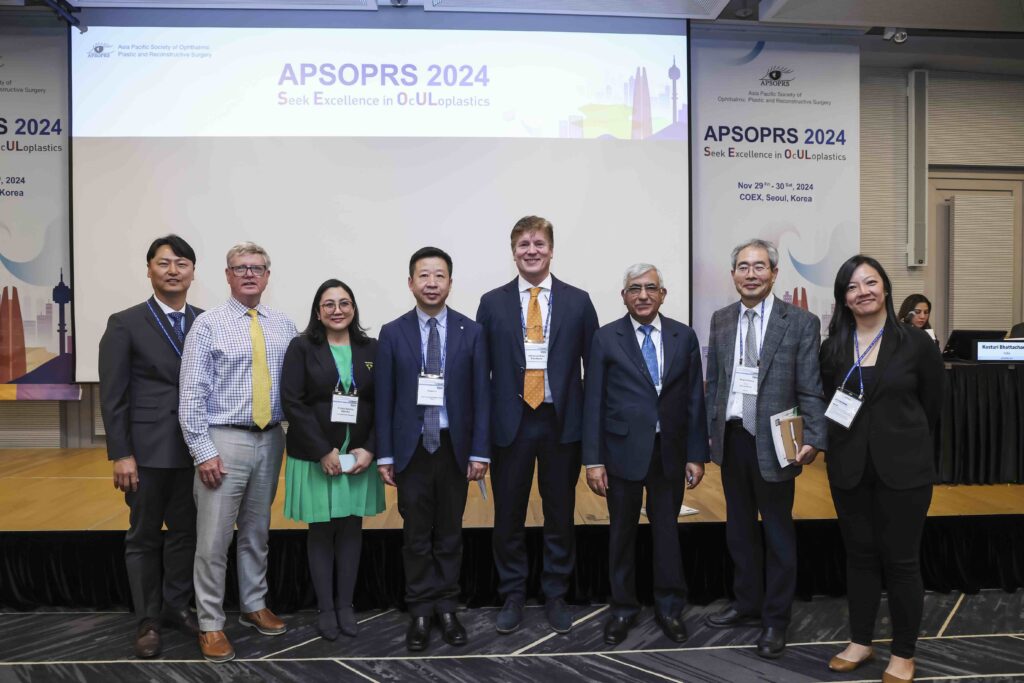
In my role as moderator I enjoyed chairing a fascinating session on orbital disorders - Paridaens co-Editor of European Book of Oculoplastic, Lacrimal and Orbital Surgery (May 2024)
Francesco Quaranta Leoni, David Verity and Dion Paridaens are pleased to announce the publication of the ESOPRS Textbook on Ophthalmic Plastic, Lacrimal and Orbital surgery by Springer.
This two-volume book covers all aspects of oculoplastic conditions and surgery. Volume 1 explores functional eyelid disorders, rejuvenation of periorbital region and lacrimal disorders. Volume 2 includes chapters on socket surgery, diseases of the orbit and thyroid associated orbitopathy.
This book will be an essential resource to colleagues preparing for the EBO-ESOPRS subspecialty examination, and of interest to all who practise in the fields of ophthalmic plastic, lacrimal and orbital surgery.
We are indebted both to our authors, who gave their time and expertise in writing this extensive text, and to our talented illustrators- we cannot thank them enough!
Francesco Quaranta Leoni
David Verity
Dion Paridaens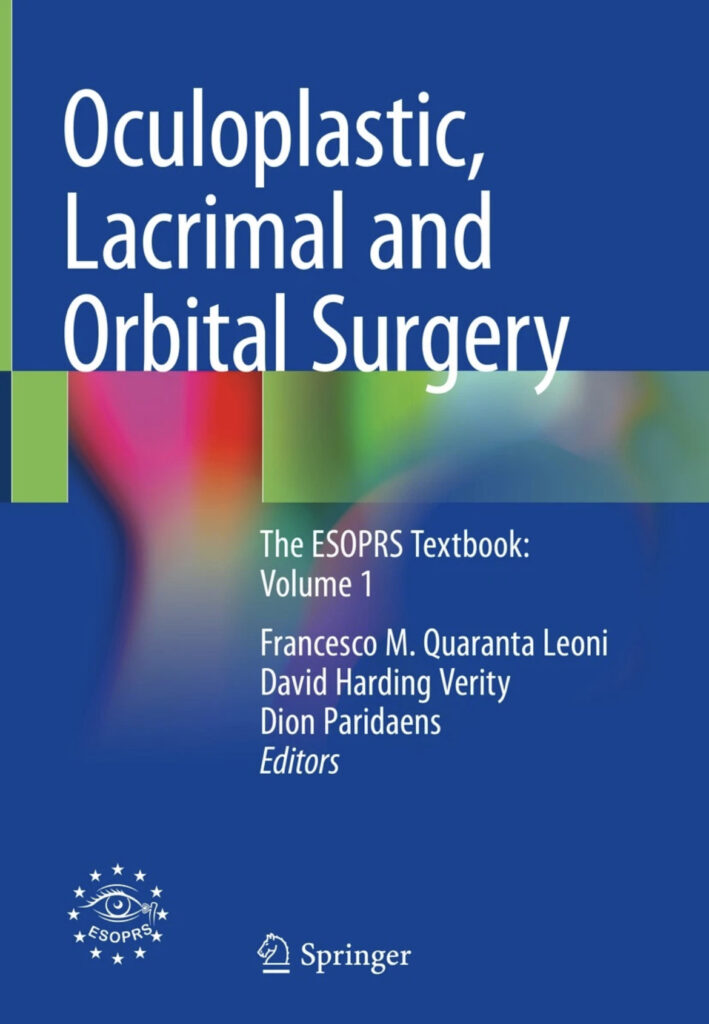
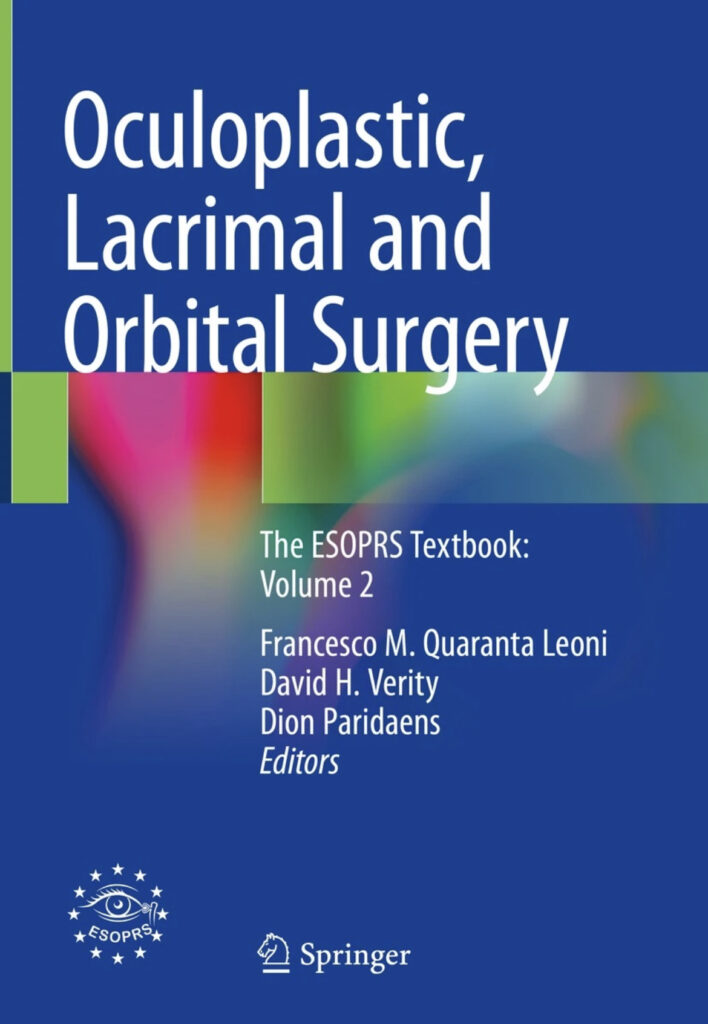
- In de media: Dr Dion Paridaens over ooglidcorrecties door de huisarts…
- Paridaens Invited Speaker at SBAO in Bern, Switzerland
Grateful for the opportunity to share insights into oculoplastic and orbital topics at the esteemed 86th SBAO-Fachtagung in Bern. It was a pleasure engaging with the passionate attendees of the Swiss Berufsverband fur Augenoptik und Optometrie. Kudos to the organizers for an impeccably executed event! #Ophthalmology #ConferenceSpeaker #ELZA #RotterdamEyeHospital #ErasmusMC # ESOPRS #SBAO
